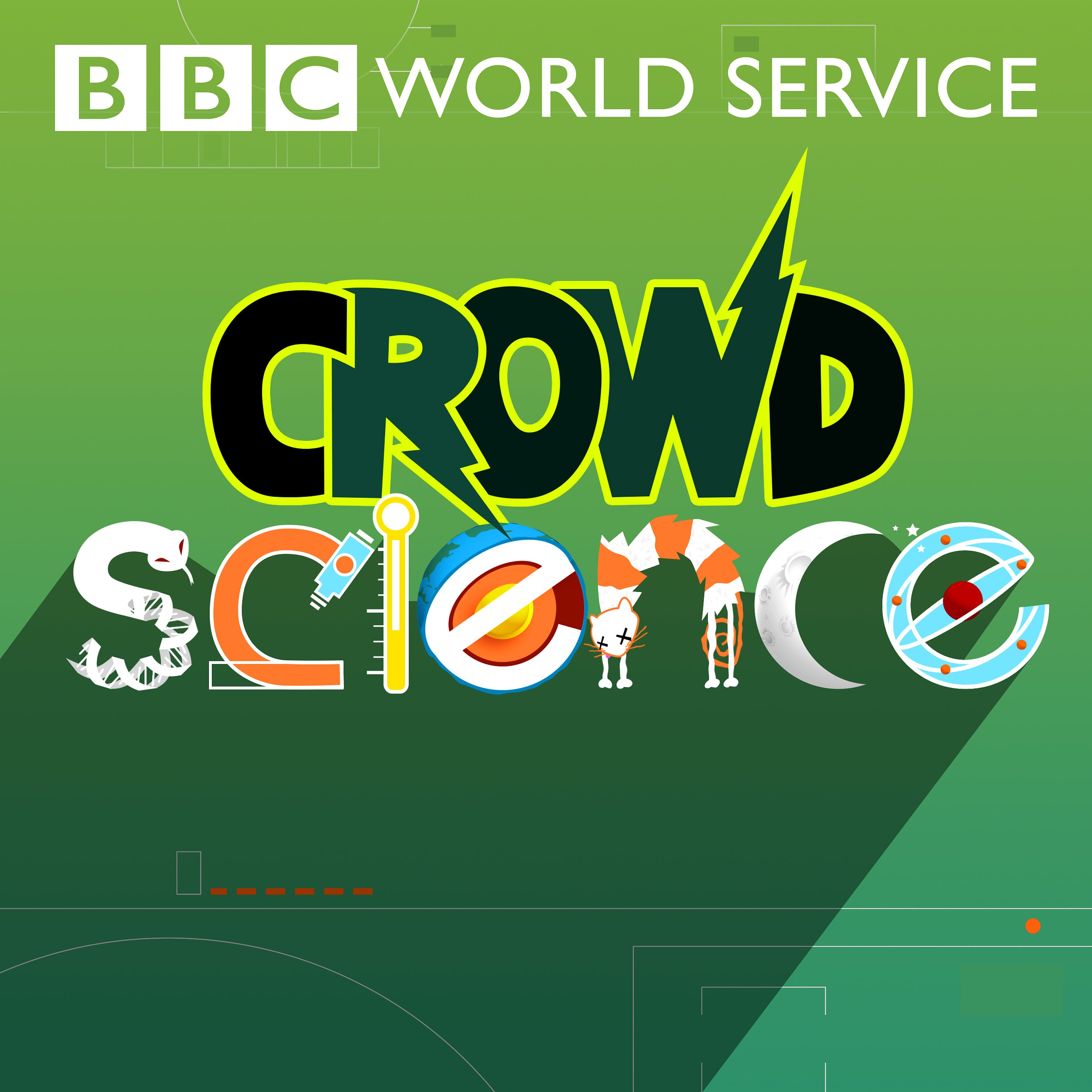Bullying Parrots and Glacial Cocktails
Description
Over the past 12 months, CrowdScience has travelled the world, from arctic glacierscapes to equatorial deserts, to answer listeners’ science queries. Sometimes, the team come across tales that don’t quite fit with the quest in hand, but still draw a laugh, or a gasp. In this show, Marnie Chesterton revisits those stories, with members of the CrowdScience crew.
Alex the Parrot was a smart bird, with an impressive vocabulary and the ability to count and do basic maths. He was also intimidating and mean to a younger parrot, Griffin, who didn’t have the same grasp of the English language. Scientist Irene Pepperberg shares the consequence of this work-place bullying.
Take a tour of the disaster room at ICPAC, the IGAD Climate Prediction and Applications Centre (ICPAC) based in Nairobi, Kenya. It’s a new building where scientists keep watch for weird new weather and passes that information to 11 East African countries. Viola Otieno is an Earth Observation (EO) Expert and she explained how they track everything from cyclones to clouds of desert locust.
Malcolm MacCallum is curator of the Anatomical Museum at Edinburgh University in Scotland, which holds a collection of death masks and skull casts used by the Edinburgh Phrenological Society. Phrenology was a pseudoscience, popular in the 1820s, where individuals attempted to elucidate peoples’ proclivities and personalities by the shape of their heads. We see what the phrenologists had to say about Sir Isaac Newton and the “worst pirate” John Tardy.
While recording on Greenland’s icesheet, the CrowdScience team were told by Professor Jason Box about “party ice.” 40,000 year old glacial ice is a superior garnish for your cocktail than normal freezer ice, apparently. This starts a quest for the perfect Arctic cocktail.
Presented by Marnie Chesterton
Produced by Marnie Chesterton, featuring producers Florian Bohr, Sam Baker and Ben Motley
(Photo:)
More Episodes
Around the world, coastlines are constantly changing due to the power of waves, currents and tides. Coastal areas are also some of the most heavily populated and developed land areas in the world. So it’s not hard to see how the natural process of coastal erosion can cause serious problems for...
Published 04/19/24
Published 04/19/24
How do we know where a sound is coming from?
Another chance to hear this ear-opening episode, exploring a question from CrowdScience listener Chiletso. One day, he heard his son bounce a ball and instantly knew the direction it was travelling. How?
Anand Jagatia sets out to discover what makes...
Published 04/12/24


